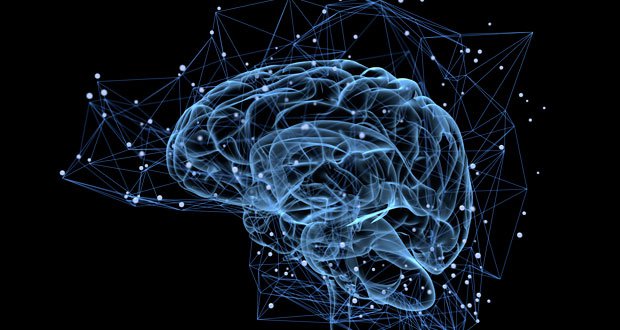During the early years of a human’s life, trillions of brain-cell connections, called synapses, are formed, thanks to jolts of stimulation. As Donald Hebb’s theory rhymes, “neurons that fire together, wire together”.
Please login below to view content or subscribe now.
 Education Review The latest in education news
Education Review The latest in education news

